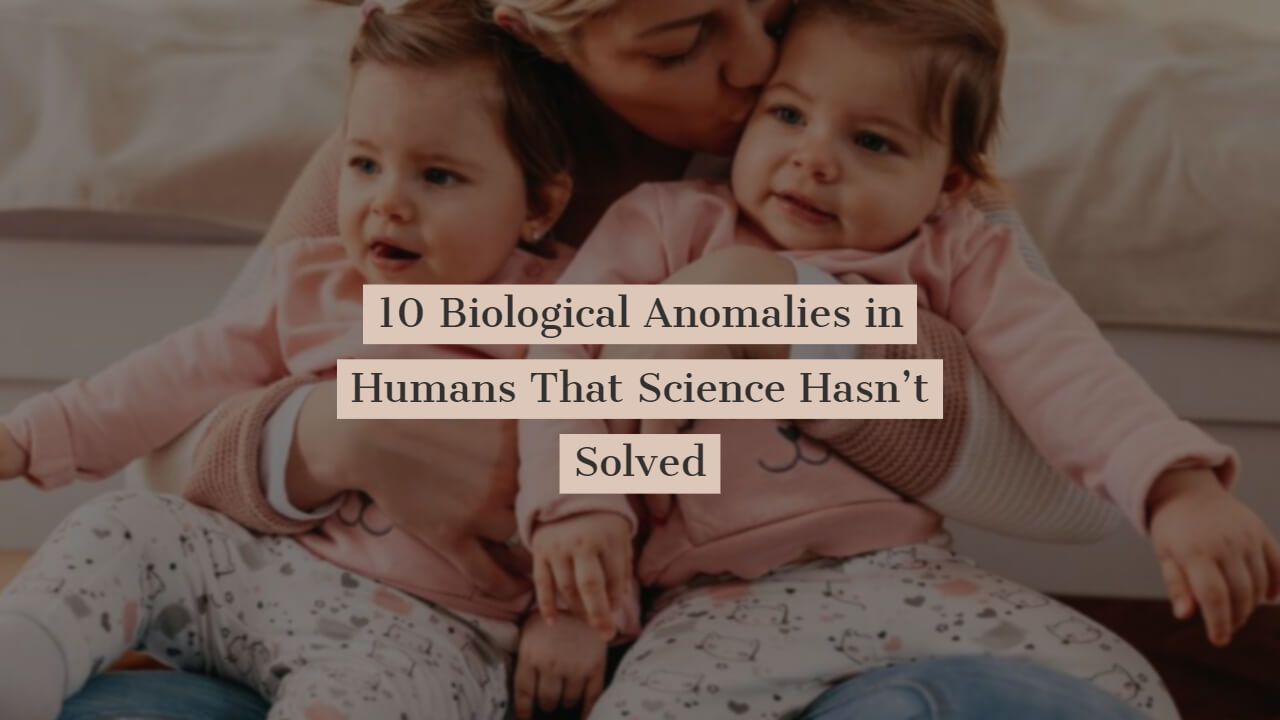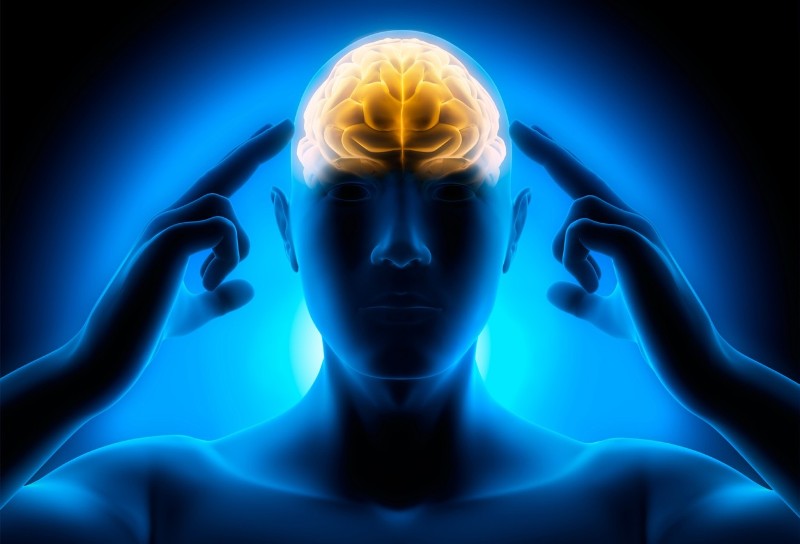In this post, we are going to teach 10 Biological Anomalies in humans that are still unexplained by science.
The placebo effect
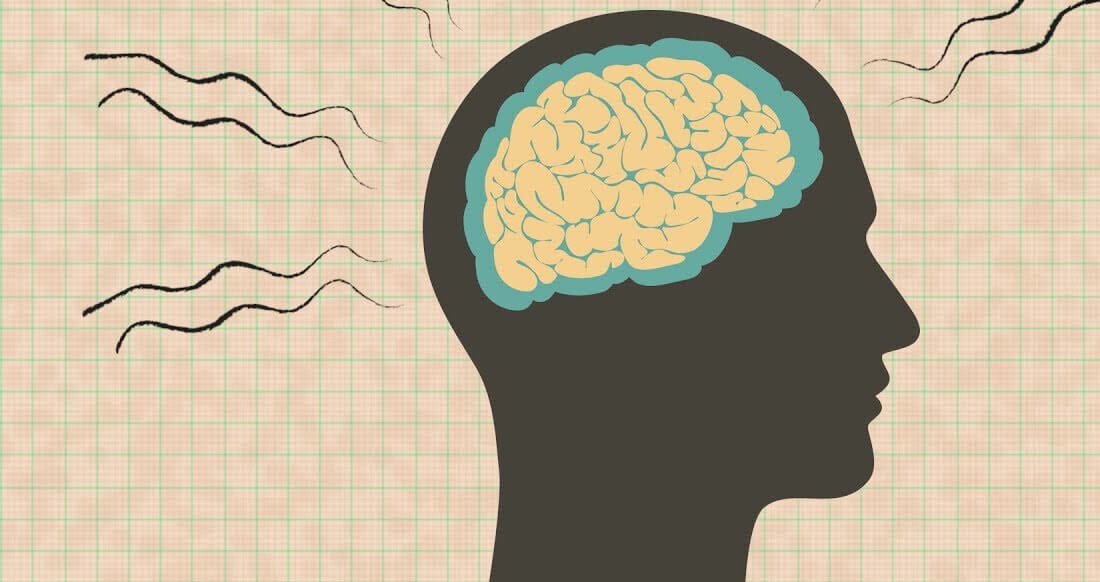
The placebo effect occurs when an individual is tricked into believing that a certain treatment that they were given will fix their ailment, when in reality, the treatment itself is actually ineffectual.
Yet, despite that, the patient exhibits real improvement. There have been many cases where a patient who is experiencing pain is given a painkiller drug that actually relieves their symptoms.
However, after just a couple days, the painkiller is secretly replaced with a placebo, like sugar pills, and they continue to feel better.
Somehow, because the body believes that it’s getting better, it actually begins to get better. This is one example of the incredible power of the human mind and its connection with our bodies.
There have even been cases of patients having cancer that go into remission, simply through the power of positive thinking. Now, how this mind-body connection works is still widely not understood by the science community. But, it does prove that somehow, the power of positive thinking has real results.
Left-handedness

Left-handedness is pretty common in society, with many tools and objects that have been created that are geared towards lefties.
But, out of the world’s population, only about 10 to 30 percent of people are actually left-handed, meaning that there are way more right-handed people.
However, what researchers have found is that lefties, believe it or not, have more health problems than righties, and they statistically have more learning difficulties and mental disorders.
In addition, it was found that they aren’t as advanced in athletic fields, they typically enter puberty later in life, and overall, believe it or not, have a shorter life expectancy.
But, interestingly, lefties seem to excel more in things like music and math and are more likely to have left-handed children.
And, I might add, that there are plenty of famous lefties. Barack Obama, Bill Gates, Opera Winfrey, and Leonardo Da Vinci, just to name some. So even though we don’t know why left-handedness occurs, that doesn’t mean that you were dealt a bad hand.
Two faces
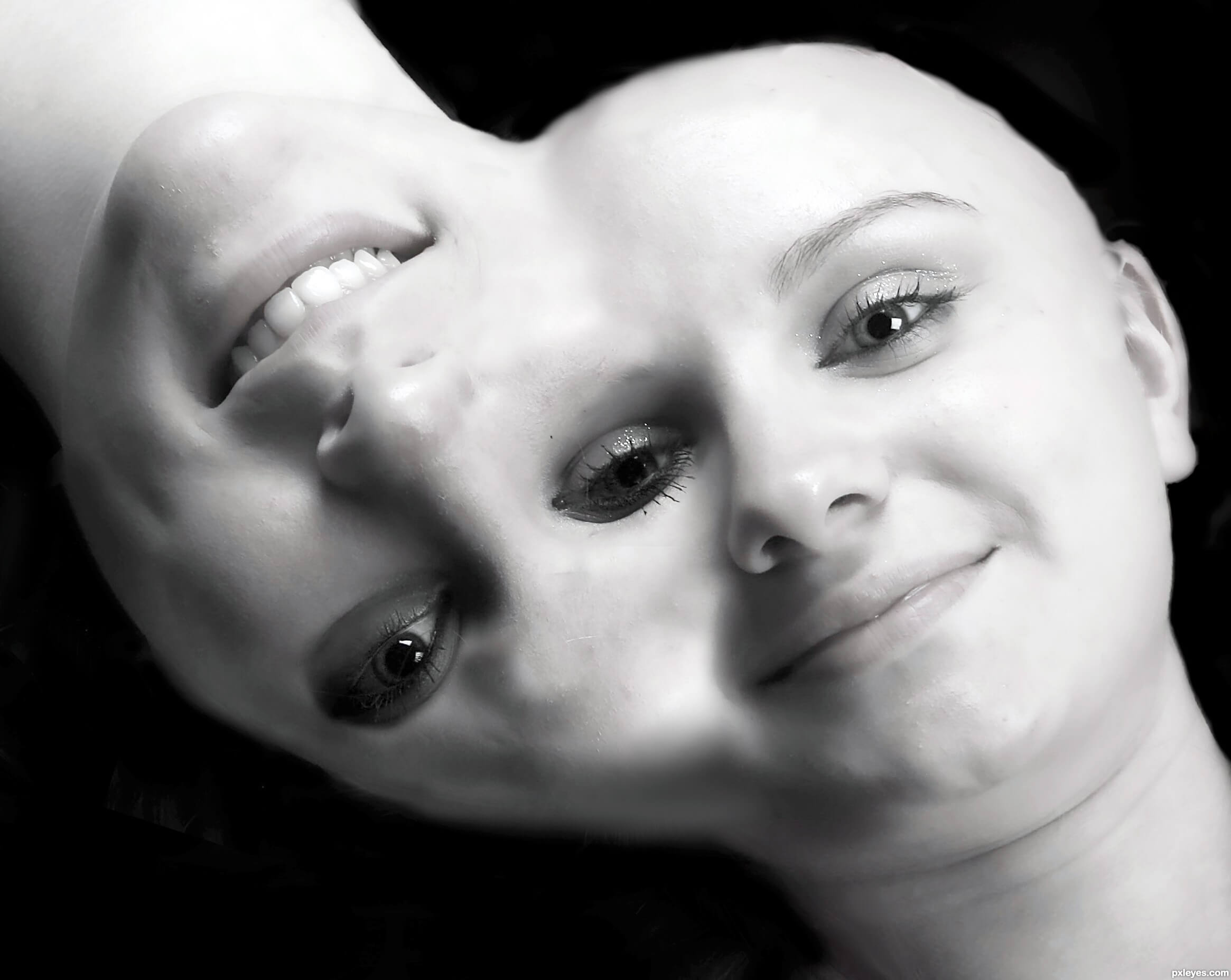
There is a condition that exists called diprosopus, also known as cranial-facial duplication. It’s when someone grows two faces, and it’s not just in humans. This extremely rare congenital disorder affects everything from humans to birds, in which the subject is born with often two identical faces.
Although not entirely clear as to why this happens, scientists believe that it may be due to conjoined twinning, that is, a fusion or incomplete separation of embryos.
Most babies who get this are unfortunately stillborn, due to the huge complications that arise from having two faces.
However, that isn’t always the case. In a few rare cases, some subjects live as much as a few hours after birth with this anomaly.
However, most recently, in 2014, a child was born under two names, Faith and Hope, because they had two identical faces on one skull. Further complicating this was that they had two brains that were conjoined to one brain stem. Unbelievably, they lived an astonishing 19 days before passing away. Neither this instance, nor the condition itself, have yet to be fully explained by science.
Animals living without oxygen

Up until recently, it was believed that everything on Earth, from humans to microorganisms, need oxygen to survive.
That was until a groundbreaking discovery was made in 2010. Deep within the Mediterranean Sea, microscopic animals called loricifera were discovered that live and reproduce entirely independent of oxygen. They look like tiny little jellyfish, and have astonished the scientific community.
Their cells contain no mitochondria, which is the cell component that uses oxygen to create energy for the cell. It’s still a mystery as to why these microscopic animals exist, but they provide extremely valuable information into how life evolved from our early oceans, which theoretically contained very little oxygen.
Evolution of flowers

Flowers are probably something that you never really think about, and they seem simple, except that they’re anything but.
400 million years ago, flowers and plants actually used to rule Earth, and did so for over 250 million years. And they never used to look like they do now, but somehow, they evolved into what they look like today with the ability to blossom.
But the question is, why didn’t they grow stronger? And for that matter, where did they come from? Well, it seems like a simple question, except that, believe it or not, scientists have never been able to find an ancestral link to the creation of the later-evolved flowers in plants of today. That’s right, there is literally a missing link between today’s pretty flowers, and the original plants that used to dominate everything. That’s a pretty shocking trait for something that you thought was so simple.
Identical twins

Identical twins are the result of a fertilized egg that splits into two, which occurs only about three times in every 1000 pregnancies around the world.
Each twin is born with the same DNA and gender as their brother or sister and could be considered clones. But there are some interesting differences.
In some cases, twins will have opposing handedness, with one twin being right-handed and the other being left-handed. And some will even have bigger feet than the other, and they can even look different.
Now, in theory, twins should look identical, but their genes can mutate and produce unique physical appearances, including never having similar fingerprints.
Scientists to this day still do not have all the answers as to why identical twins occur, but studies on willing participants continue.
How plankton survive
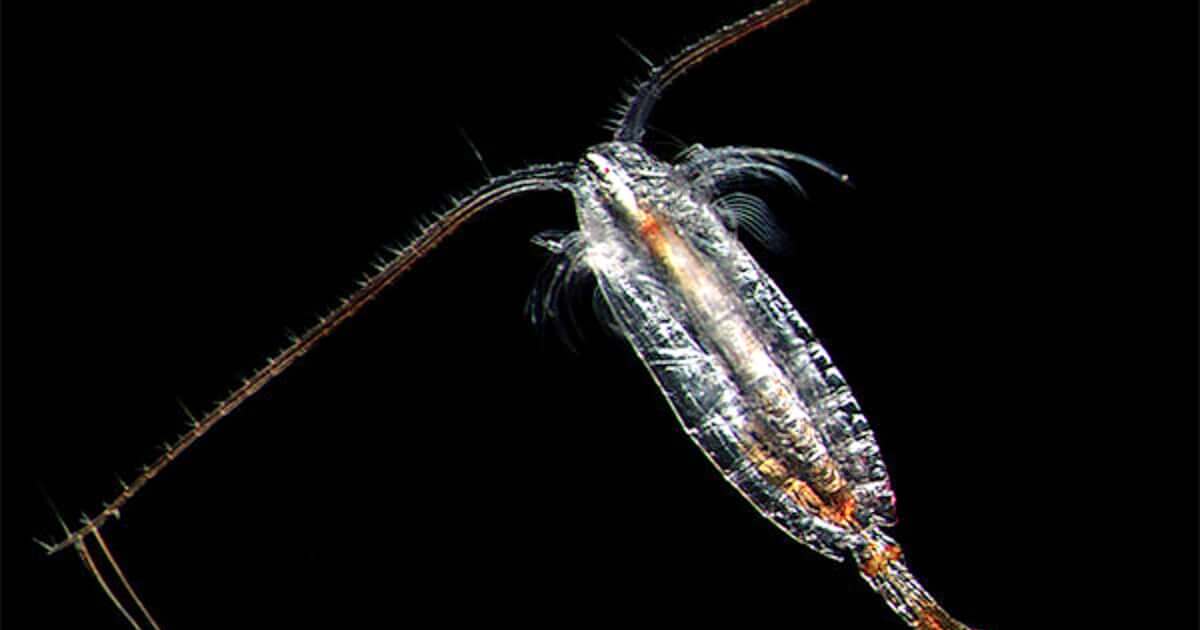
Plankton are microscopic organisms that benefit life in our oceans as food and by providing oxygen.
But, as simple as they seem, they actually pose a huge contradiction to what scientists thought they knew about organisms and the environments in which they live.
The paradox that confuses scientists lies in the fact that they don’t just live, but thrive in environments that lack enough nutrients for them to survive.
And even stranger is that in environments full of food, it’s the opposite. They aren’t as plentiful. This baffles not only your and my basic logic, but science in general.
So the question is, how do they survive in such seemingly bad conditions? This is the very question that researchers are trying to figure out, since it goes against our conventional understandings of natural selection.
Chimeras

An organism or creature that contains at least two different sets of DNA. What’s incredible about them is that, as it grows, each population of cells from each DNA set keeps its own character, which has some crazy results.
Now, most chimeras show subtle signs, such as mismatched eyes. However, some have far more obvious signs that you’re not gonna believe. Some chimeras have two sets of genitalia, or completely different DNA than their parents.
An example of this was in 2002, when a British woman named Lydia Fairchild took a DNA test with the man that she believed was her children’s father, only to find out that yes, he matched, but she didn’t.
Science cannot explain why chimeras occur, however, the likelihood of offspring being a chimera is increased greatly if you use in-vitro fertilization.
Magneto-reception
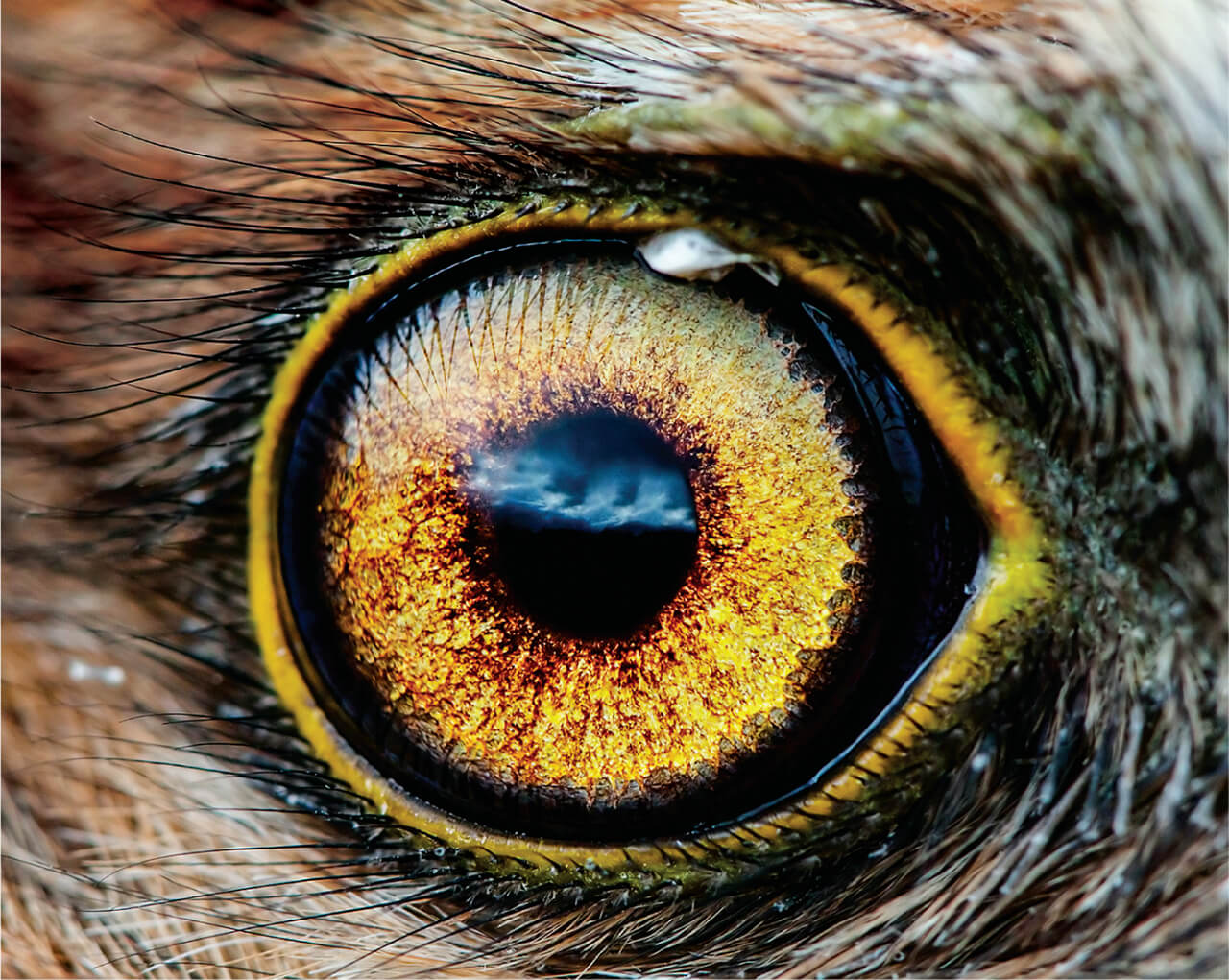
Magneto-reception is a strange but extremely useful ability that certain animals possess.
It allows them to actually sense magnetic fields, like the one that’s around Earth, for example, as well as determine directions, altitudes, and locations.
This is exactly why birds like homing pigeons have the ability to fly straight back to their homes after being transported long distances to areas that they have never been before.
They literally have built-in compasses. Scientists cannot explain why animals like bats, mice, hens, worms, fruit flies, and other animals have magneto-reception, and why they can navigate in ways that are invisible to humans.
Now, some researchers think that it’s through a sensitivity to iron in their body, reacting to the magnetic fields, or possibly through a protein called cryptochrome that can possibly sense such fields.
But perhaps the strangest thing is that humans possess both of these, leading scientists to believe that magneto-reception is something that we might be able to activate within ourselves one day.
Extra fingers

Some people are born with better vision, or better hearing, or superior athleticism. But, others are born with a different trait, an extra finger.
This deformity is a condition called polydactyly, in which a person is born with one or more fingers on their hands. Most often occurring beside the pinky finger or beside the thumb, and least occurring in the middle of the hand, this anomaly has stumped scientists as to why it happens.
Most occurrences are sporadic, meaning that they occur without any specific cause. But it’s believed that the majority are caused by either a genetic defect, or an underlying hereditary syndrome.
And the most shocking this is that it isn’t even all that rare. It occurs in about one out of every 500 to 1000 babies. Luckily, the condition does not cause pain, and the extra digit can be removed through surgery.
And even more interesting is that African Americans are more likely to have an extra little finger, while Asians and Caucasians are more likely to get an extra thumb.
Scientists continue to try to study embryos in an attempt to learn more about this condition.
Some Important References:
13 things that do not make sense – by – NewScientist
Top 10 Biological Anomalies in Humans – by – TopTenz
ScienceShot: Animals That Live Without Oxygen – by – ScienceMag
Why Do We Sleep? – by – IFLScience
Strange ‘slime’ identified as unfertilized frogspawn – by – Telegraph
